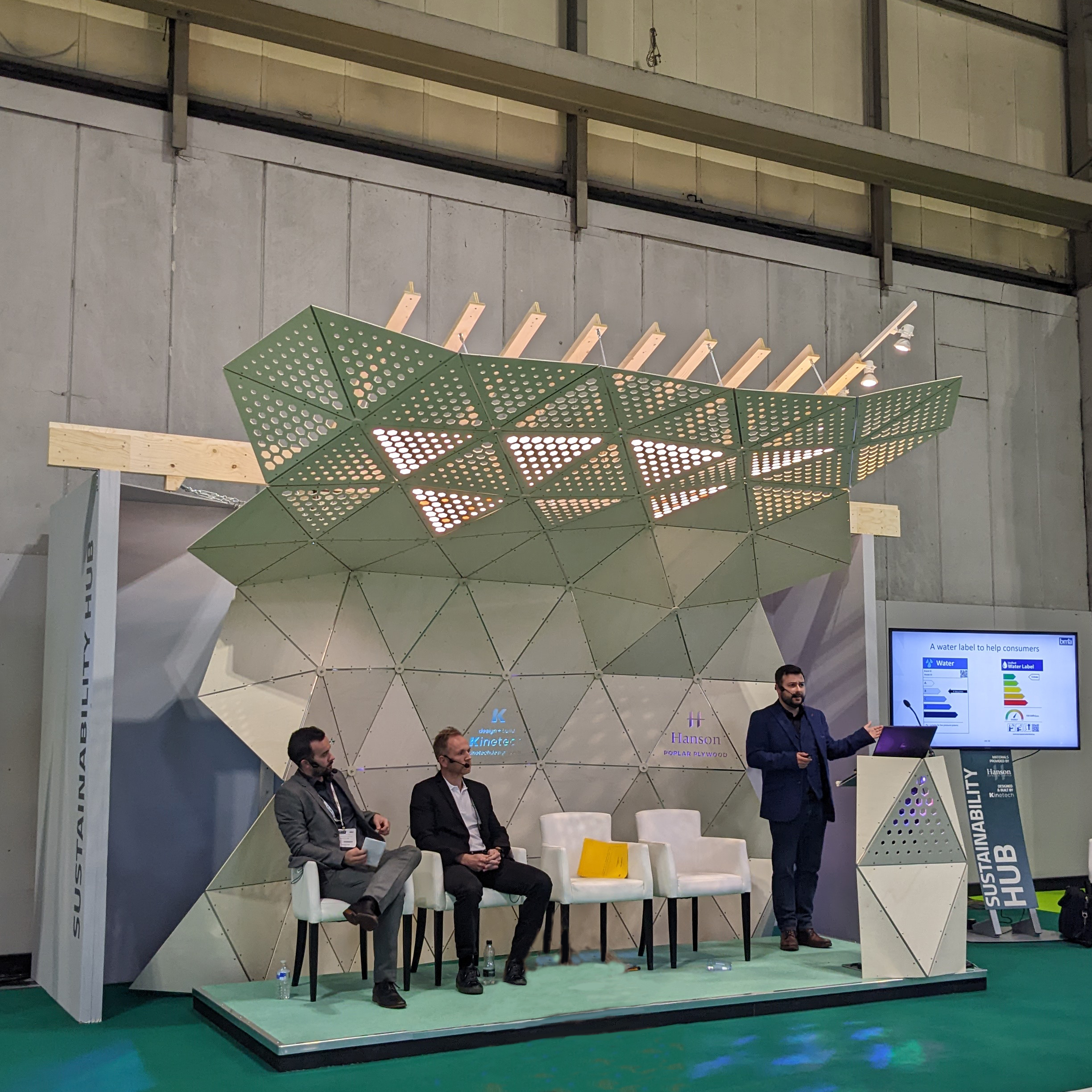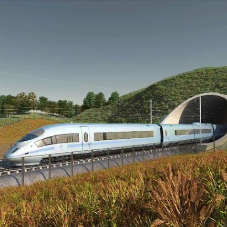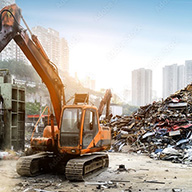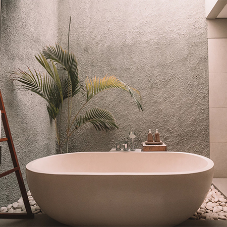What is Hempcrete?
Hempcrete is a bio-composite material that contains a mixtures of hemp, hurds and lime. Like other plant products, hemp absorbs carbon dioxide from the atmosphere as it grows, retaining the carbon and releasing the oxygen. Hemp structures date back to roman times and have a lower carbon footprint than many materials. Slowly but surely it is becoming a building material of choice for many who want a sustainable and affordable type of building material. Pretty cool if you ask me!

Its use in construction is a small but growing output from hemp farming in the UK, it’s mainly used to provide fibres for quilt insulation. However, Hempcrete can also be used to build houses, with the use of hemp blocks. Hemp blocks ensure humidity regulation, acoustic insulation, as well as protection and fire resistance.
It’s ten times stronger than concrete and one sixth of the weight! With all these factors considered, we’ve decided to delve deeper into the revelation of Hempcrete and came up with some advantages and disadvantages of the material.

Pros
• Non-toxic building material – Hempcrete is generally quite a benign material, fewer pesticides and herbicides are used for farming creating less environmental damage due to the use of toxins on the fields.
• Hempcrete stores heat in the thermal mass of its wall which is then released slowly as the building cools down. This means when you open a window all your heat isn't going to flow straight out.
• Hemp is the only building material that can remove carbon from the air. Other methods of insulation such as fiberglass have a significant carbon footprint.
• It’s resistant against mold as it’s moisture absorbent. One square meter of hemp wall can absorb up to 14 litres of water which can be released into the ground or recycled.

Cons
• The crop requires liberal use of fertilizer, which can have a negative impact on our ecosystem.
• There is a somewhat lack of builders/architects who are familiar with the product.
• The up-front costs in using Hempcrete can add 8%-12% to the overall price of a home.
• Hemp is not always as readily available as traditionally building materials like concrete.
Since the 1950s the UK construction industry has used synthetic, processed, chemical based materials. This means some homes may be prone to damp, and contain harmful levels of toxic chemicals.
Unlike concrete, Hempcrete blocks are fairly lightweight which can dramatically reduce the energy used to transport the blocks. It acts as an insulator and moisture regulator whilst lacking the brittleness of concrete meaning no expansion joints are required. But it’s also very important to consider that concrete is extremely low maintenance and needs fewer repairs, making it a solid investment.
Evidently from a green sustainable point of view, Hempcrete is your winner! But which form of building material do you prefer and why? Is Hempcrete the way forward?
Join the conversation on our Linkedin Post!
Like this? Check out our Sustainability Hub for more resources.









